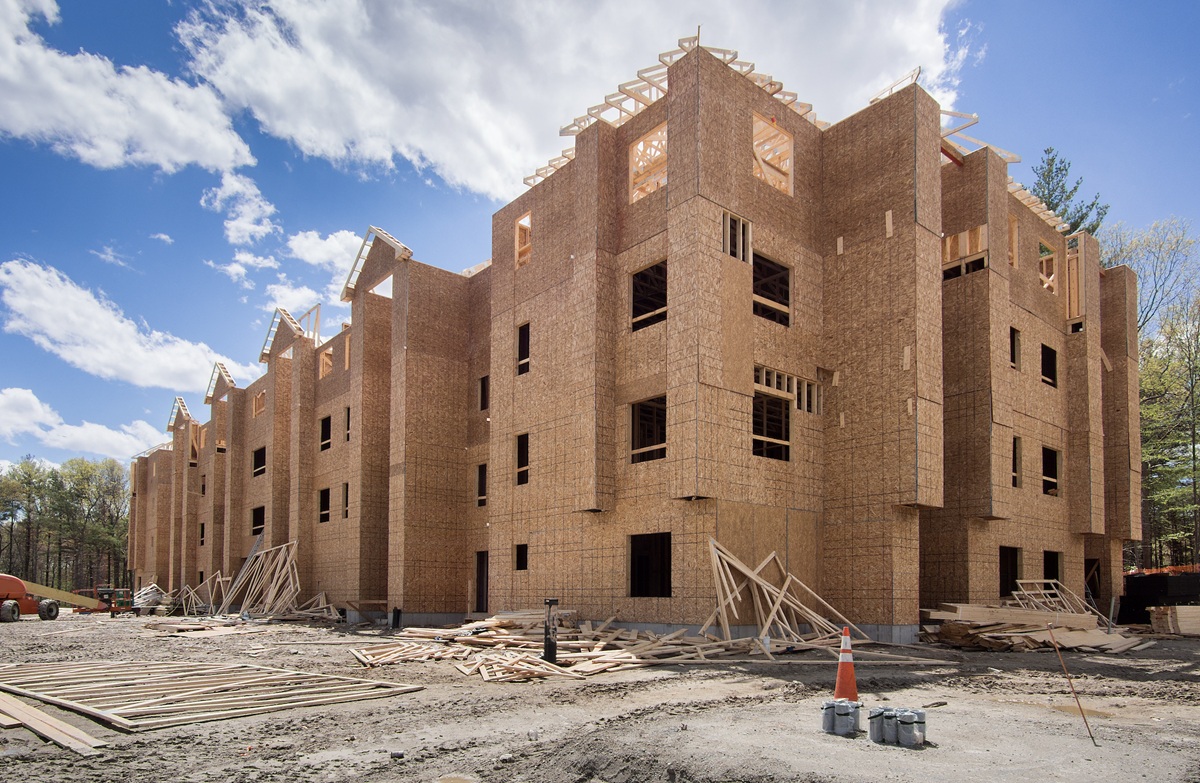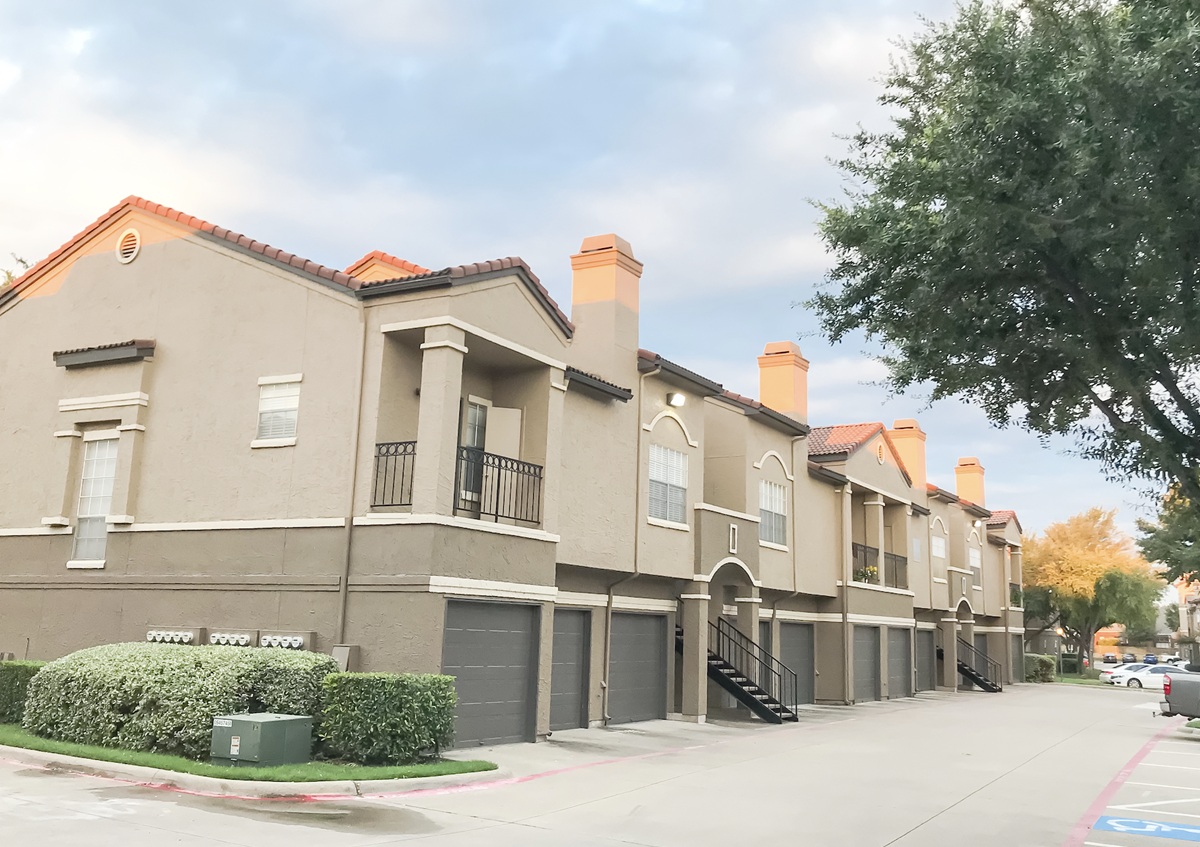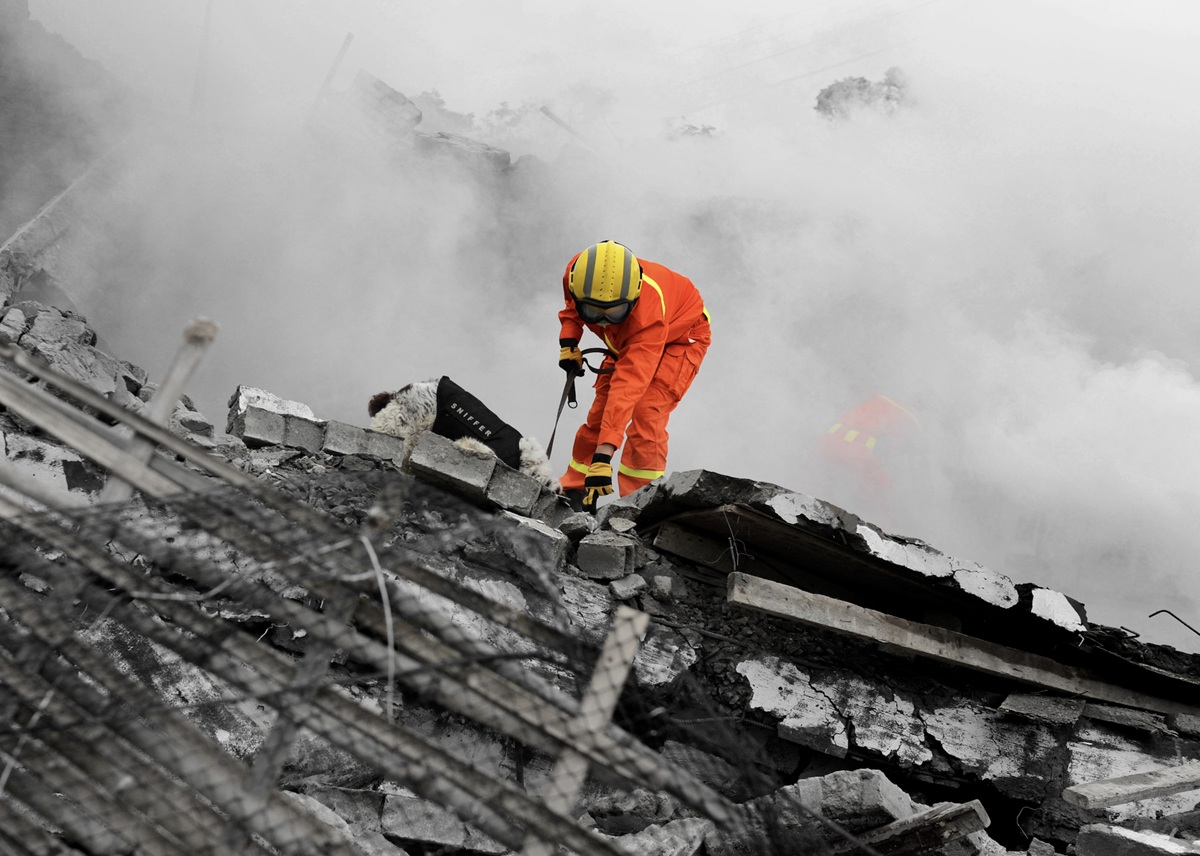Thirty million people from Sacramento to Baja Mexico felt 24 shocks and aftershocks over three terrifying days when Ridgecrest was struck by 6.4- and 7.1-magnitude earthquakes on July 4 and 5 in 2019.
The Mojave Desert quakes triggered extensive ground movement that is believed to have raised the major earthquake risk along the San Andreas Fault – considered the most dangerous seismic threat facing apartment owners in the United States.
Research studies that followed point to Ridgecrest as the impetus of successive ground-shaking that may create a chain reaction from one fault to the next, until it reaches the San Andreas.
Spanning 750 miles along the coast of California from the Salton Sea to Eureka, the San Andreas Fault is cocked and loaded – a fissure of mounting tension that splits our coastal mountain ranges from the nearby Sierra Nevadas. The majesty of these peaks testifies to the unfathomable force beneath.
Researchers say the Ridgecrest quakes and their 1,000 smaller aftershocks could ignite the nearby Garlock Fault, which in turn could spark an earthquake along the San Andreas just outside of Los Angeles, according to a study conducted by the catastrophic modeling company, Temblor.
A second study by U.C. Berkeley researchers determined the initial 6.4-magnitude Ridgecrest quake set off the larger 7.1-magnitude aftershock – and that these movements in turn have impacted the Garlock Fault that connects to the San Andreas.
The threat of complacency
Amidst this increased risk, many people in California have since been shaken periodically by lesser quakes that have struck various areas of the state. An even greater number of quakes are far too small for people to notice.
We all know we live in earthquake country, but quiet periods lull us into thinking they won’t happen – or maybe even worse – it gets us to stop thinking about them at all.
That’s when the real danger comes, because when earthquakes are out of our minds, we stop preparing for them – and that makes us vulnerable.
A look back in history shows that we shouldn’t take our safety for granted.
In 1994, a 6.7 earthquake hit near Northridge. Its peak G-force acceleration was the highest ever recorded with modern instrumentation in a North American city.
In 1992, a 7.3 earthquake struck near Landers. It was “the largest earthquake to strike the contiguous United States in 40 years,” according to the United States Geological Survey.
In 1989, a 6.9 earthquake hit Loma Prieta, Calif. It felled Bay Area freeway interchanges, interrupted a World Series and caused $10 billion in damage.
In 1971, a 6.6 earthquake hit Sylmar. Its epicenter was the Magic Mountain amusement park, rattling outward 300 miles along the southern California coast. It killed 65 and injured 2,000.
As devastating as those major California earthquakes were, they pale in comparison to two earlier in the 20th Century.
In 1906 a 7.8 quake hit San Francisco. Between the collapsed buildings and the ensuing fires, the ’06 earthquake killed 3,000 people and displaced nearly a quarter of a million.
A series of earthquakes and major aftershocks began in Kern County on July 21, 1952 included the 7.3 Bakersfield quake, the third largest in recorded California history. Seismic activity shook chandeliers and nerves for 33 long days.
What you should know
Knowledge is the best defense against disaster.
Apartment owners should get the information they need to make educated decisions about protecting their livelihoods, the safety of their tenants and their buildings, and reducing the potentially devastating risks earthquakes pose to them.
Here’s what you should consider:
Risks: How vulnerable is your building to damage from an earthquake? Age and type of structure are key factors, along with the type of soil beneath it. Every structure is unique and risks specific to your situation can be best calculated with an engineering study.
Liabilities: You can face significant liability costs if tenants in your building are killed or injured by earthquake damage unless you have taken reasonable steps to prevent the losses.
Loss of income: If your building were damaged, would you be able to keep up with payments even if the damage resulted in significant loss of rental income?
Cost of a retrofit: Get estimates from reputable, well-established firms so you know what’s reasonable and what’s not.
Financial incentives: Apart from loan programs and fee reductions, Los Angeles allows apartment owners to recoup up to 50% of the costs of a retrofit through rent increases. Long-term, this has the potential of doubling a retrofit project’s ROI, making it a very wise business choice.
Above all, do your research before you make your decisions. Talk to other apartment owners who have retrofitted their property.
The more knowledge you gain about the subject, the smarter your decision will be.







